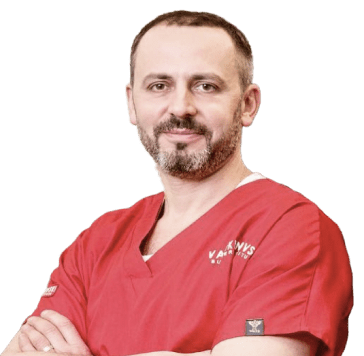


Rhinoplasty (derived from the Greek words “rhinos” — nose and “plastika” — to shape) is a surgical procedure that involves altering the shape, proportions, and dimensions of the nose.
Commonly known as a “nose job,” “nasal surgery,” or “nose reshaping,” rhinoplasty is undertaken to achieve desired appearances or rectify defects arising from trauma, congenital issues.
Rhinoplasty employs specialized tools and techniques to ensure precision in interventions. Microscopic and endoscopic procedures allow surgeons to minimize disruption to surrounding tissues, enabling patients to resume their regular routines shortly after surgery.




Congenital nose defects (distortions, clefts, etc.)
Nasal trauma (nasal bone or cartilage fractures, etc.)
Deviated nasal septum leading to breathing difficulties
Unfavorable cosmetic appearance or size of the nose
Asymmetry between the left and right sides
Nasal bridge bumps
Saddle nose
Flat nose
Altered nasal bone shape
Deformation of nasal wings
Corrective measures after previous unsuccessful nasal surgeries
Persistent nasal breathing issues
Nose deformities post-tumor removal or previous surgeries
Genetic and congenital anomalies
Chronic sinusitis
Nasal granulomas
Nasal cysts
Age-related facial changes
Facial asymmetry and disharmony

If necessary, our medical professionals provide consultations not only within Ukraine but also globally. This includes in-person visits to our Kyiv clinic or online consultations by prior appointment. Our comprehensive approach covers diagnostics, treatment, and preventive measures.
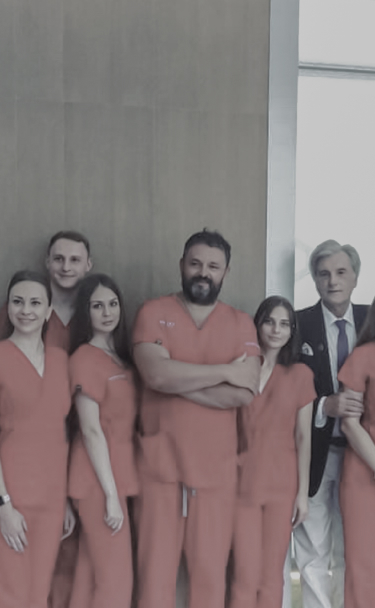
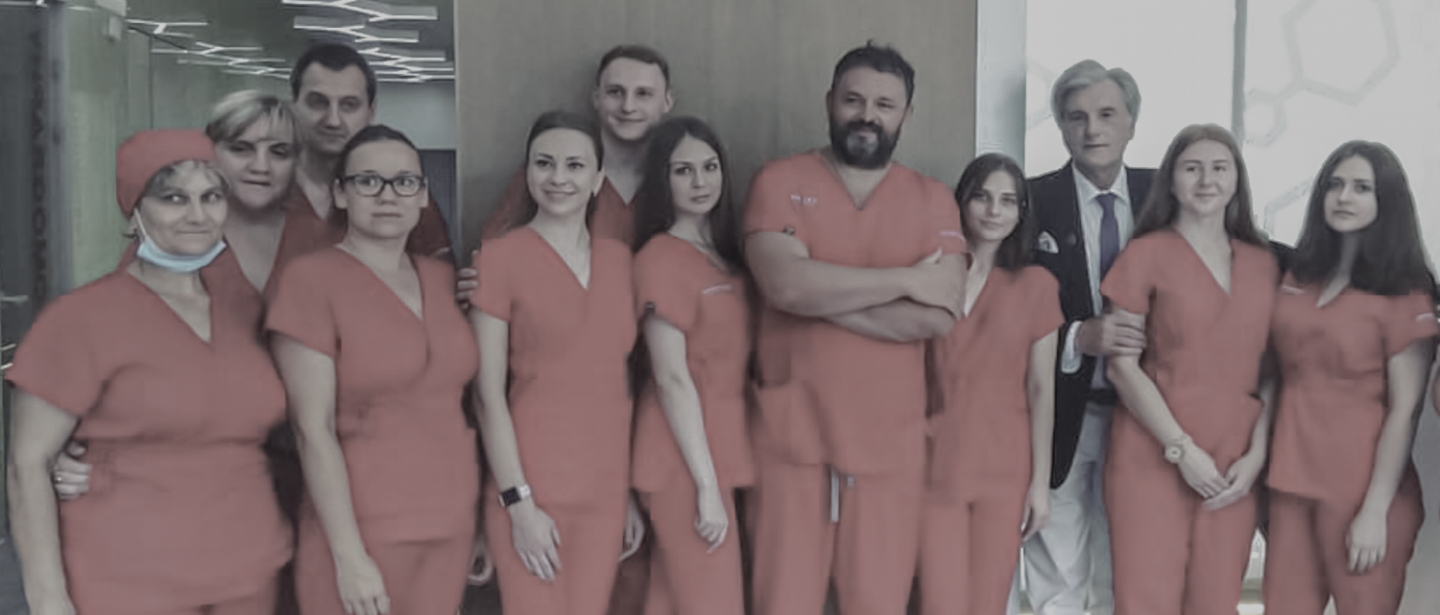
Years of experience
Patients
A modern clinic in the center
Successful operations
Unique surgical techniques
Branch of surgery
Units of the latest equipment
Charitable surgical assistance




The Valikhnovsky Institute of Surgery is the only private clinic in Ukraine that provides the specified range of services in the conditions of private medicine.
We use modern methods of cytological and histological research in a contract with the SCD laboratory. Thanks to express diagnostics, we significantly reduce the duration of the surgical intervention, and also ensure the maximum quality of the removal of tumors of the ENT zone.
The intervention is performed by an experienced oncologist surgeon with 30 years of experience.
To restore the lost parts of the ENT organs, we use modern methods of head and neck reconstruction using biopolymers, which we print on 3D printers.
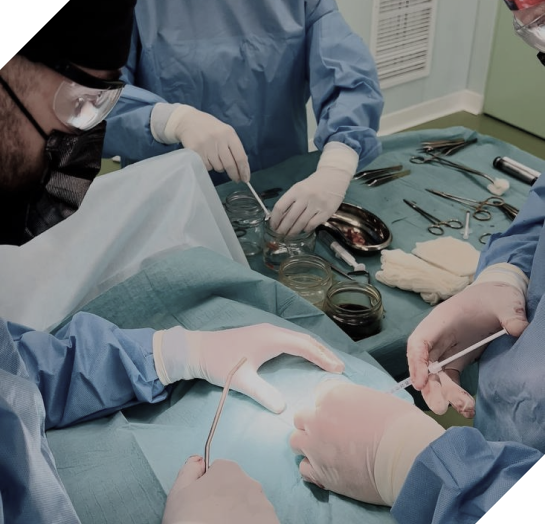
Seek a consultation with a surgeon for rhinoplasty if you experience any of the following symptoms:



The surgeon's consultation encompasses:


Questionnaire-based assessment of your complaints and medical history
Thorough external clinical examination, including assessment of altered areas, local lymph nodes, and the state of organ systems, involving palpation and other methods
Laboratory tests, encompassing both general clinical analyses and specialized assessments, including the examination of specific tumor markers that aid in assessing the likelihood of tumor development
Instrumental evaluation, spanning the overall body condition and specific regions, such as X-rays (CT), magnetic resonance imaging (MRI), positron emission tomography (PET), etc.
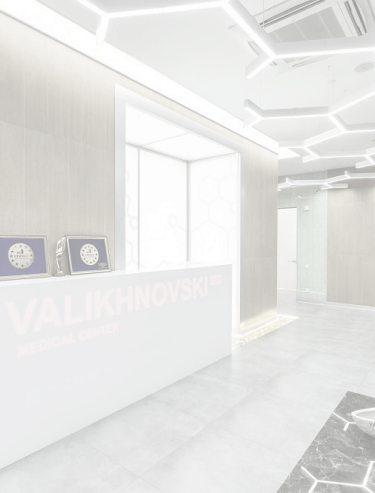

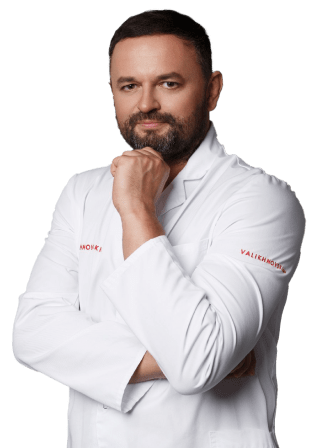




Сlosed rhinoplasty – this prevalent technique involves incisions within the nose, granting access to nasal structures.
Open rhinoplasty – a less common approach, in which the surgeon creates an incision externally on the nose to access nasal structures
Classic Rhinoplasty – the surgeon employs conventional mechanical tools for the procedure.
Endoscopic rhinoplasty – special optical equipment, such as an endoscope, is used by the doctor to minimize damage to surface tissues during the operation.
Piezo-rhinoplasty (piezo-ultrasonic plastic surgery)- this technique employs an ultrasonic piezo knife (piezotome, Woodpecker Surgic Smart ultrasonic piezoelectric scaler) to predominantly target hard tissues like bones and cartilage, without causing harm to delicate adjacent tissues.
The choice of rhinoplasty technique depends on the complexity of the case. Generally, closed rhinoplasty is employed for mild cases, while open rhinoplasty is utilized for more intricate scenarios.


Inform the doctor about any medication use, and follow their guidance (adjustments to doses or schedules may be necessary).
In the days leading up to the operation, adopt a light diet and maintain proper hydration. Address constipation with laxatives or enemas, and abstain from alcohol consumption. This ensures the body's suitable and predictable response to anesthesia and medications.
Refrain from eating 6-12 hours before the surgery. Abstain from drinking, chewing gum, or smoking for 2-4 hours before the operation to prevent the passage of stomach contents into the respiratory system during anesthesia.
On the day of the operation, take a shower and employ an enema to empty the intestines. This helps prevent involuntary defecation due to sphincter relaxation during anesthesia.
Just prior to the operation:
- remove other items (contact lenses, hearing aids, jewelry) to avoid accidental injury or damage.
- clear cosmetic products (makeup, nail polish, artificial nails) from the body to facilitate visual assessment and automated medical equipment registration.
- empty the bladder and, if necessary, the intestines, to prevent involuntary release during anesthesia.
- change into the special clothing provided by the clinic.
Furthermore, additional preparatory measures may be undertaken based on individual characteristics and surgical specifics.

The main stages:
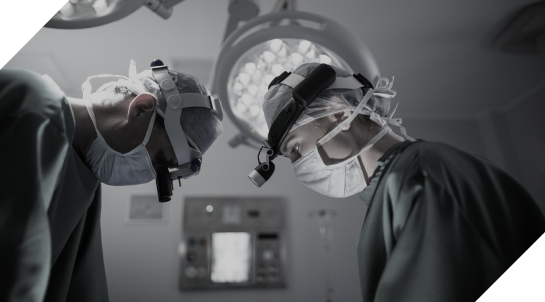


either on a gurney or by walking. Upon entering the airlock room, the patient wears a medical cap and shoe covers to prevent microorganisms from entering the sterile environment of the operating room.
tailored to the requirements of each operation, conducts the procedures.
with the specific body orientation determined by the procedure's nature. The patient is secured to the table using specialized straps.
a vein puncture on the hand, installing a catheter for drug administration. Electrodes are affixed to the body to monitor the heart's electrical activity, while a tonometer cuff is placed on the shoulder to monitor blood pressure. Additionally, a sensor measures oxygen levels in the blood. These measures collectively enable continuous monitoring of the patient's condition throughout anesthesia and surgery.
of the operation are contingent on the precise objectives and involve the specific area of the body subject to intervention. The approach aligns with the chosen surgical tactics and techniques, with attention to the distinctive requirements of each case
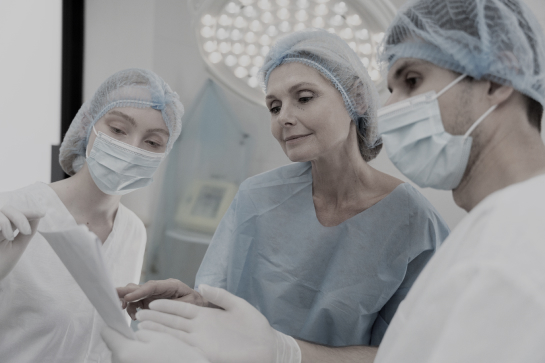
Following the surgery, the patient regains consciousness in the postoperative ward. If deemed necessary, oxygen can be administered through a delicate tube to ensure the body receives an adequate oxygen supply. A vigilant nurse will meticulously oversee the patient’s condition and, if required, administer medications as previously discussed with the doctor.
Before the patient is discharged, the doctor will conduct a thorough examination of the areas where the intervention took place. This examination serves to finalize the strategy for ongoing rehabilitation. Furthermore, the doctor will provide supplementary guidance to support the patient’s recovery and prevent any recurrence of issues.






Rhinoplasty is a surgical procedure aimed at correcting the shape and size of the nose. You might consider consulting a rhinoplasty surgeon if you experience the following symptoms:
If you have one or more of these symptoms, it is recommended to discuss them with your trusted doctor. They will assess your condition and help determine if rhinoplasty is the suitable treatment option.
Rhinoplasty is conducted under general anesthesia. During the surgery, the surgeon makes incisions inside the nose to access the targeted nasal structures. The surgeon then proceeds to correct these structures before closing the incisions.
Following rhinoplasty, patients may experience swelling and bruising around the nose area. Pain relief medication might be prescribed, and physical activity should be limited for several weeks post-surgery.
The rhinoplasty warranty encompasses implants, medical consumables, and equipment. The delivery of surgical treatment services is assured in accordance with contemporary medical advancements, the high level of proficiency exhibited by the clinic’s specialists, and the clinic’s technical resources. The ultimate clinical outcome is influenced by a multitude of factors extending beyond the physician and the clinic, including individual body traits, lifestyle, environmental conditions, and stress-related factors.
Preparation for rhinoplasty surgery entails a preliminary examination and consultation with the surgeon, comprehensive assessment involving photo and video analysis of appearance, anthropometry, and consultation with related specialists if required. The pre-operative preparation principles do not substantially differ from those generally adhered to in surgery.
Potential complications from rhinoplasty encompass both general surgical risks (bleeding, thrombosis, infections, and inflammation) and those specific to the field (postoperative defects, bone non-union, epileptic syndrome). Diligent preparation, a proficient and seasoned medical team, advanced technology, and seamless coordination among clinic staff collectively minimize the likelihood of complications.
Contraindications for rhinoplasty surgery involve conditions in which the severity significantly heightens the surgical treatment risks. These may include infectious, mental, and gastrointestinal diseases, among others.


